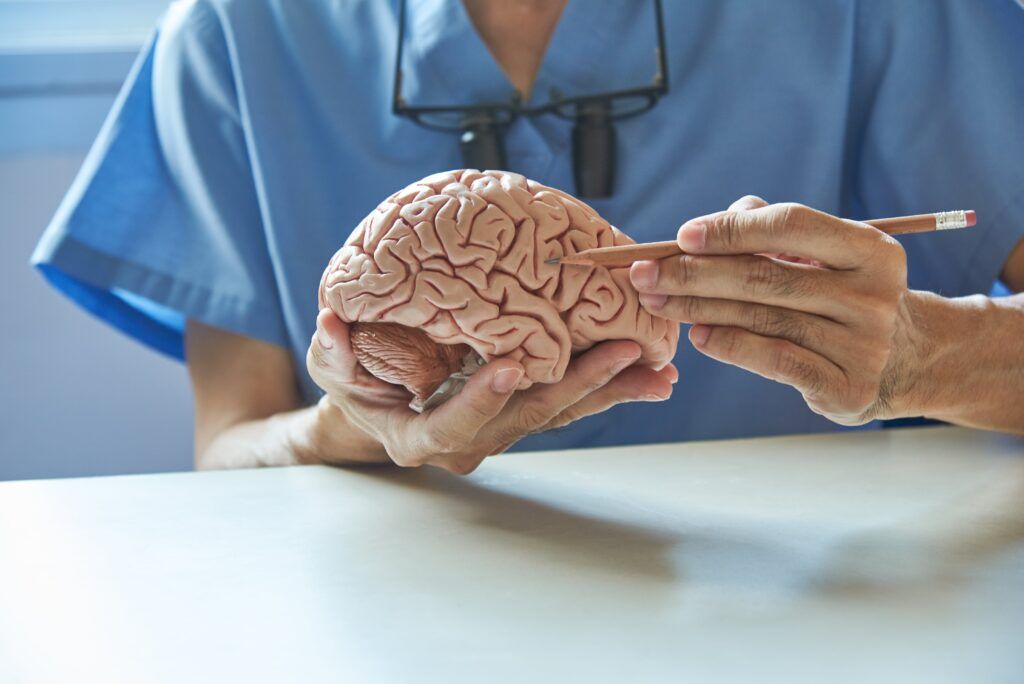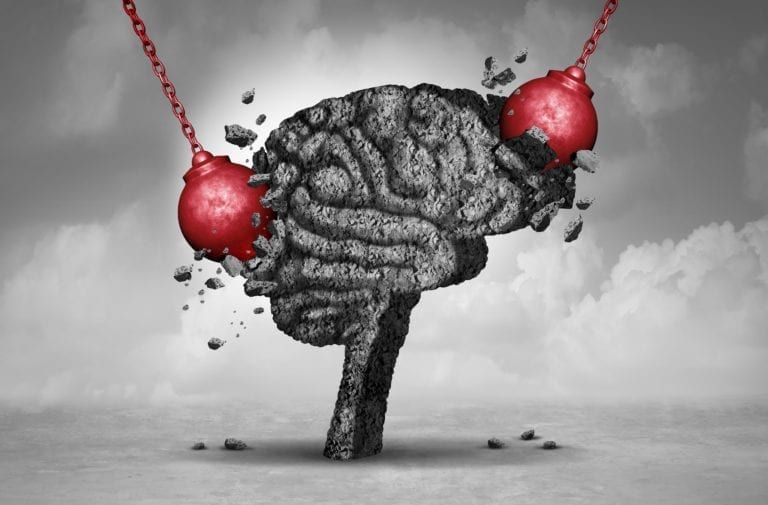Migraines are a common neurological condition that affect millions of people worldwide. Unfortunately, there are many myths and misconceptions surrounding migraines that can prevent individuals from seeking proper diagnosis and treatment. In this post, we will discuss some of the most common migraine myths and provide accurate information to help increase understanding and reduce stigma.
Myth 1: Migraines are just bad headaches
One of the most common misconceptions about migraines is that they are simply bad headaches.This myth can prevent individuals from seeking proper diagnosis and treatment, leading to unnecessary suffering and decreased quality of life.
The truth is that migraines are not just bad headaches. They are a complex neurological condition that involves changes in the brain and nervous system. The pain associated with migraines is often much more severe and intense than a regular headache, and can be accompanied by a range of other symptoms.
In addition to head pain, migraines can cause sensitivity to light and sound, nausea, vomiting, and visual disturbances. Some people may also experience auras, which are sensory disturbances that can include flashing lights or blind spots. These symptoms can last for hours or even days, and can be debilitating for those who experience them.
It’s important to differentiate migraines from regular headaches to ensure proper diagnosis and treatment. Migraines are typically classified as either with or without aura, and can be further classified by their frequency and duration. A healthcare professional can help diagnose migraines and develop an appropriate treatment plan based on an individual’s specific symptoms and needs.
Myth 2: Migraines are caused by stress
Migraines are a neurological condition that can be triggered by a variety of factors, including stress. However, the belief that stress is the sole cause of migraines is a myth that can prevent individuals from seeking proper diagnosis and treatment.

While stress can be a trigger for migraines, it is important to understand that there are many other factors that can contribute to this condition. For example, migraines can be triggered by certain foods, hormonal changes, environmental factors, and even genetic factors. Identifying and avoiding these triggers can be an important part of managing migraines.
It’s also important to understand that stress is a normal part of life and can’t always be avoided. While reducing stress levels may be helpful for some individuals with migraines, it is not a guaranteed solution for everyone. Some people may experience migraines regardless of their stress levels.
In addition, stress can be a result of migraines, not just a cause. Living with a chronic condition like migraines can be stressful and can lead to anxiety and other mental health issues. It’s important to address both the physical and emotional aspects of migraines in order to manage the condition effectively.
Myth 3: More migraine medication will prevent migraines
While medication can be an effective treatment for migraines, the belief that taking more medication will prevent migraines is a myth that can lead to negative consequences.
Taking excessive amounts of medication for migraines can actually have the opposite effect and make the condition worse. Overuse of medication can lead to a condition called medication-overuse headache (MOH), also known as rebound headache. MOH occurs when an individual uses medication to treat headaches or migraines too frequently, leading to more frequent and severe headaches or migraines.
Additionally, using medication to mask the symptoms of migraines without addressing the underlying causes can be ineffective in preventing future episodes. Migraines can have a variety of triggers, including certain foods, environmental factors, and hormonal changes. Identifying and avoiding these triggers can be an important part of preventing migraines.
It’s also important to work with a healthcare professional to find the right medication and dosage for each individual. Different types of medication may be more effective for different individuals, and finding the right balance can be a process of trial and error.
In addition to medication, lifestyle changes and alternative therapies can also be effective in preventing migraines. These can include things like stress reduction techniques, dietary changes, and acupuncture.
Myth 4: Any doctor can recognize and treat migraines
Migraines are a neurological condition that can be complex to diagnose and manage. Despite this, there is a common myth that any doctor can recognize and treat migraines. However, this is a misconception that can lead to misdiagnosis and ineffective treatment.

While all doctors receive training on various medical conditions, not all have specific expertise in migraine diagnosis and management. Migraines require a comprehensive evaluation, including a detailed patient history and physical examination. In some cases, additional testing may be necessary to rule out other potential causes of headaches.
Neurologists are medical specialists who have expertise in the diagnosis and management of neurological conditions, including migraines. They receive specialized training and are equipped with the knowledge and tools necessary to properly diagnose and manage migraines. Additionally, headache specialists are doctors who have completed additional training in the diagnosis and management of headaches and migraines.
It’s important for individuals with migraines to seek care from a healthcare professional with specific expertise in migraine diagnosis and management. This can help ensure accurate diagnosis and appropriate treatment.
Myth 5: All migraines cause auras
There is a common myth that all migraines cause auras. In reality, not all migraines cause auras, and auras are just one potential symptom of migraines.
An aura is a temporary visual or sensory disturbance that can occur before or during a migraine. Auras typically last for 20-60 minutes and can include symptoms such as flashing lights, blind spots, tingling sensations, and difficulty speaking. While auras can be a common symptom of migraines, not all individuals with migraines experience them.
In fact, according to the International Headache Society, auras are only present in about 25% of migraine cases. Additionally, there are many different types of migraines, some of which do not involve auras at all. These include migraines with brainstem aura, vestibular migraines, and silent migraines.
It’s important to recognize that migraines can have a range of symptoms and that not all individuals will experience the same symptoms or types of migraines. Accurately identifying the type of migraine an individual is experiencing can be an important part of developing an appropriate treatment plan.
In Conclusion
In conclusion, understanding the truth about migraines is essential for proper diagnosis and treatment. Busting these common myths and misconceptions can help individuals better manage their migraines and reduce the impact on their daily lives. Don’t be afraid to seek help from one of our neurologists at Premier Neurology in Stuart, FL if you’re experiencing migraines. Together, we can work to increase awareness and understanding of this complex neurological condition.

Dr. Kashouty, a diplomate of the American Board of Psychiatry and Neurology (ABPN), practices general neurology with fellowship trained specialization in clinical neurophysiology. Dr. Kashouty finds the form and function of the nerves and muscles the most interesting part of neurology, which is what led him to specialize in neurophysiology with more emphasis on neuromuscular conditions. He treats all neurological diseases, but his main focus is to treat and manage headaches, movement disorders and neuromuscular diseases.




